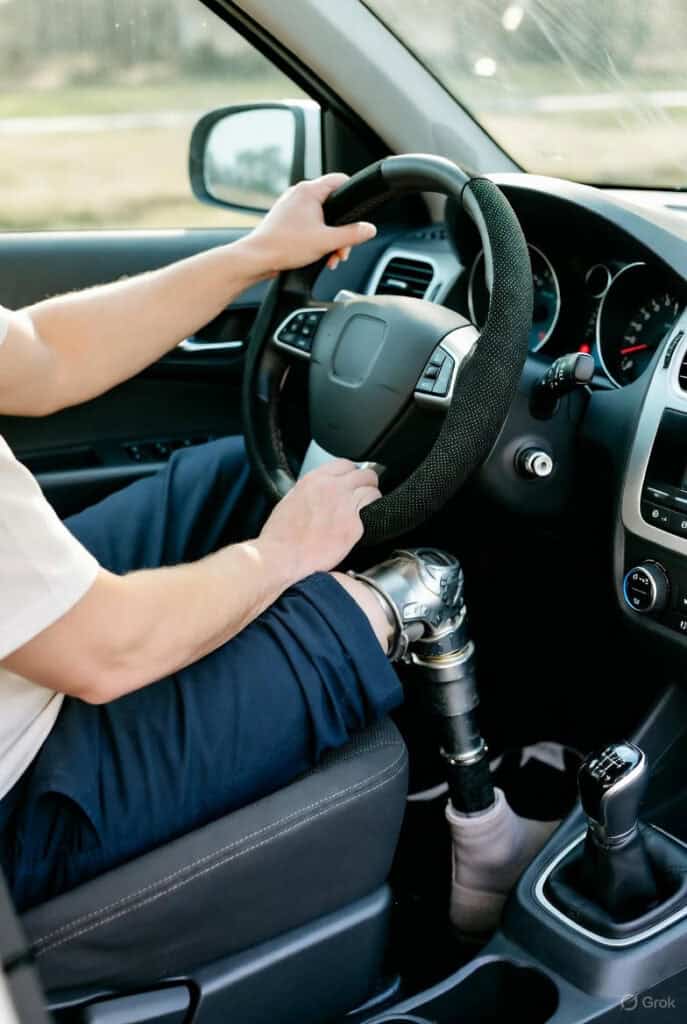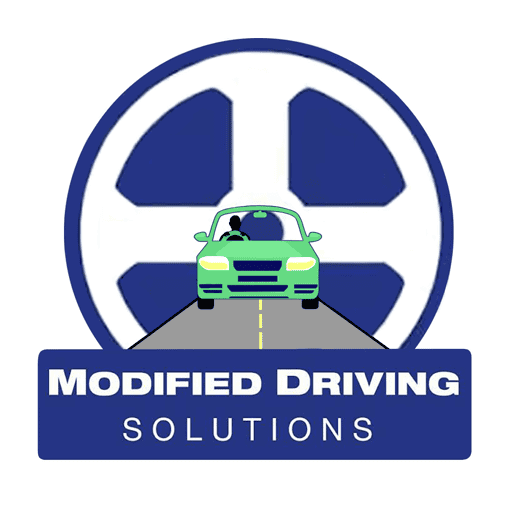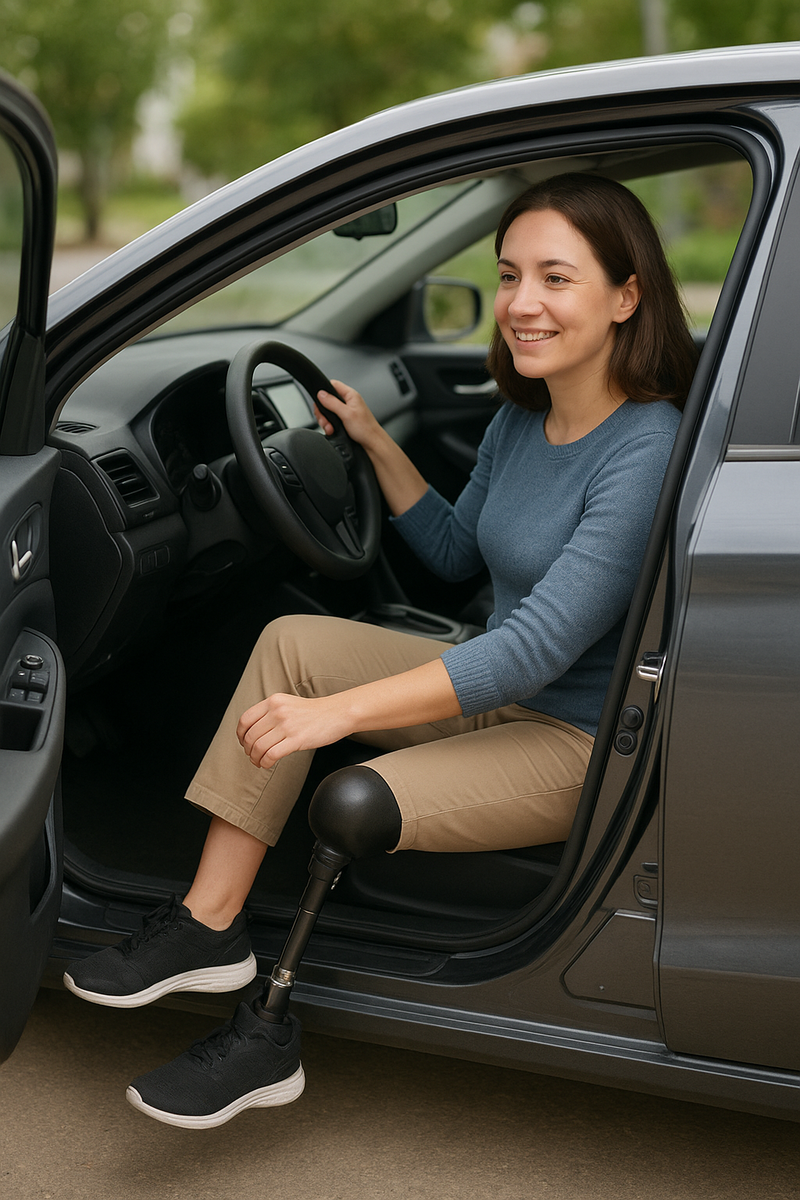The Impact of Limb Amputation on Driving
Losing a limb, whether from trauma, illness, or congenital conditions, creates unique challenges for most tasks that individuals complete every day. When it comes to driving, losing a limb is a significant medical condition that requires careful consideration and assessment. The specific impact depends on the type of amputation (upper or lower limb, above or below the knee or elbow), the presence of other medical conditions, and the use of prosthetic devices. For instance, a right lower-limb amputation may severely affect the ability to use vehicle pedals, while a left lower-limb amputation affects using the clutch in manual vehicles.
Legal Requirements and the Role of the Occupational Therapist
In NSW, the licencing authority, Roads and Maritime Services (RMS) must be informed about any medical condition (such as limb amputation) that could influence one’s driving ability. The process typically begins with medical clearance from the person’s doctor (GP, and some people may also need specialist assessment) who will often refer them to complete an OT driving assessment. The RMS “medical fitness to drive” form is typically submitted.
Structure of the OT Driving Assessment
It is of interest to note that not all OTs are qualified for this specialised task, so care must be taken when engaging any service. OT driving assessments for amputees are typically conducted in two parts:
- Off-road Assessment: This initial evaluation takes place at the person’s home or service’s clinic. The OT reviews the driver’s medical history, assesses cognitive function, vision, strength, reaction times, and coordination, and discusses the person’s goals for returning to driving. The use of any prosthetic device, current level of independence, and any other health conditions are considered. Based on these findings, the OT determines whether the person can progress to an on-road test and what vehicle modifications may be required.
- On-road Assessment: The driving component is completed in a dual-controlled vehicle—often fitted with any proposed modifications. Examples of common modifications include hand controls or steering wheel aids. A driver-trained OT and a specialised instructor observe the person’s ability to control the vehicle with the modifications, comply with road rules, and manage all traffic situations.

Common Vehicle Modifications for Amputees
The modifications required depend on the nature and site of the person’s amputation:
- Prosthesis Use: If the person can safely operate vehicle controls using a prosthetic limb or AFO, this is also legally considered a vehicle modification and will be endorsed on their driver’s licence.
- Automatic Transmission: Most drivers with limb amputations are legally restricted to automatic vehicles.
- Hand Controls: For those unable to use foot pedals, hand controls allow acceleration and braking to be performed with their hands.
- Left-foot Accelerator: After a right lower-limb amputation, the vehicle accelerator can be shifted to the left side of the footbrake.
- Spinner Knobs and Steering Aids: These attach to the steering wheel to enable safe turning when arm strength or coordination is limited, and the person is unable to safely use two hands when steering.
NDIS Support and Funding
Individuals who are participants of the National Disability Insurance Scheme (NDIS) may access funding for OT driving assessments, vehicle modifications, and rehabilitation driving lessons. The OT’s assessment report often forms the basis for NDIS claims related to driving and vehicle modifications. If the participant aims to apply for funding for vehicle modifications, the OT can assist them to address the NDIS’s requirements, which involves completing the NDIS Assistive Technology (AT) report. If the person utilises other equipment such as a wheelchair, the report must also cover transfers and management of this equipment.
Steps to Returning to Driving
- Notify the relevant authority and undertake a medical assessment.
- Undergo an OT driving assessment, which aims to prescribe the vehicle modifications required to drive to legal standards. The person’s licence is usually downgraded to a learner after the assessment.
- Specialised driving lessons are often required so the person can learn to drive with their modifications in simple, moderate and complex traffic. The OT can also the person to vehicle modifiers who can complete the necessary conversions to their car.
- The person must pass the RMS disability driving test to regain their C class licence.
Benefits Beyond Independence
Participating in an OT driving assessment restores more than mobility. It represents the freedom to participate in community life, pursue employment and other goals, and maintain social contacts. For many, being able to drive again after a limb amputation is a major step in revitalizing their life after a major medical incident.

